Few brands boast the same name or logo recognition as Canada Goose, the luxury outerwear manufacturer synonymous with unparalleled warmth in the face of sub-zero temps. But before it peppered the winter landscape with its insulated, down-filled jackets year after year, like clockwork, its parkas were prevalent on…film sets. It’s for this reason that Penny Brook, the company’s chief of marketing and experience, hails Canada Goose as the “unofficial jacket of film.”
“Canada Goose became, organically, an important part of film culture around 25 years ago because we were requested by a lot of productions to keep people—mostly the directors—warm. Then talent saw the product and wanted it, and to be seen with a celebrity [cemented] the relationship with cinema,” she tells ELLE.com. “And then something really beautiful happened: Canada Goose became known for authenticating cold weather things. That meant during the planning of scenes, we would become integral to legitimizing how cold it was.”
She offers up one particular instance: When Rebecca Romijn starred in X-Men as Mystique, Canada Goose crafted a custom parka for her—a head-to-toe design so she could stay warm in between takes. And that’s how the Mystique Parka was born, a jacket that continues to live in its core collection to this day. “We own our production, so we can be pretty agile, and in those days, when an opportunity came up [to support the film industry], we could work very quickly,” adds Brook, who also emphasizes that Canada Goose makes efforts to amplify underrepresented voices, whether that’s hosting an ongoing all-women filmmakers panel at Sundance and TIFF since 2018 or sponsoring the Inside Out Film Festival, Toronto’s largest LGBTQ+ film festival, in 2022. “We talk about living in the open and providing protection for people in all different environments. But within film, we have an opportunity to think about that from more of a psychological perspective, and creating more of an even playing field for those to be heard and seen. And so for us, being involved in movies is a good way of living our expression.”
In fact, Canada Goose has supported something like 300-plus film and television productions across the globe (Game of Thrones, The Grand Budapest Hotel, and Ocean’s 8 are just a few titles). Which brings us to the brand’s long-standing partnership with the Sundance Film Festival (2023 marks its eleventh year). Canada Goose annually dreams up a special-edition, highly coveted “Filmmaker Jacket” that has gone on to reach cult-level status in the same vein as a Sandy Liang fleece, with a limited 400-piece production run made specially for filmmakers. Each Filmmaker Jacket reflects the company’s priorities and values at the time. In 2017, for example, the HyBridge Perren jacket ushered in an era in which the brand began to venture into outerwear beyond parkas.
And this year’s Filmmaker Jacket—the Lawson Fleece—is especially noteworthy: it’s the latest style in Humanature, a collection that since its launch in 2020 also doubles as a platform that stands for the brand’s unwavering commitment to sustainability and social responsibility (with rather impressive goals, like pledging net zero direct and indirect greenhouse gas emissions by 2025 and committing to 90 percent bluesign® approved products by 2025).
“The majority of fleece is actually made out of plastic that sheds microplastics into the environment. We thought we had a great opportunity to share one of our most sustainable products yet,” Brook says. The full material breakdown is 62 percent recycled wool, 18 percent biodegradable wood-based TENCEL Lyocell, and 13 percent bio-based Sorona® Polymer, making the super-soft, breathable fleece a finished product that not only ensures it won’t harm the environment in any way, but also has “longevity, so that it can be worn for a very long time.”
Lyocell, and 13 percent bio-based Sorona® Polymer, making the super-soft, breathable fleece a finished product that not only ensures it won’t harm the environment in any way, but also has “longevity, so that it can be worn for a very long time.”
And that very approach—putting forth pieces that possess superior craftsmanship, that are meant to last forever—is what Brook believes props Canada Goose up as a sustainably driven brand since its inception (every garment comes with a lifetime warranty). In other words, it’s the antithesis of fast fashion.
“Canada Goose has always been a brand that is designed to enable people to thrive in a world outside, so our environment has always been extremely important to us. We’ve always been inspired by the indigenous people of Canada’s High Arctic and the relationship that they have with the land, which is highly respectful,” Brook says. “So being inspired by that, we came up with Humanature. Our purpose is to keep the planet cold and the people on it warm, and those are the two things that we really focus on.”
That includes innovating with sustainability at the forefront, phasing out fur in its manufacturing, and forging intentional partnerships, like with Polar Bears International—a 10-plus-year relationship in which a percentage of sales from a collection goes back to the organization that’s dedicated to the conservation of polar bears and the sea ice they depend on—and expanding in the South Asian market, too. The brand further supports those living in the High Arctic by sending them materials that would otherwise be incredibly costly for them to purchase. And within the three years since the launch of Humanature, the response has been “globally phenomenal,” particularly among millennials and Gen Z.
“Fifty percent of our consumers are millennial and younger. And in this fiscal year for 2023, they’re Gen Z, so we’ve got this emerging generation that’s leading with purpose. They make their purchase decisions based on: is the product good quality? Is it aspirational? Is this brand doing great by the world and by its communities?” Brook says. “And if you go younger, they’re really leading the way in terms of pressuring brands and the government to reform.”
Already, Canada Goose has jumped ahead, teaming up with Gen Alpha on a series of videos in which a select few visited the factory to learn about the manufacturing process. Other key collaborations include a recent partnership with Reformation, resulting in a floral-forward sustainable capsule of outerwear that blends conscious fashion with functionality, and a partnership with Central Saint Martins in London that involves working with emerging talent on design projects centered around sustainability.
“It’s really important to us that we start to make big moves as a business to transform and be the leading sustainable luxury brand—and that we’re extremely transparent as we do it,” Brook says, noting plans to be 100 percent plant-based. “Behaving sustainably is no longer a choice, and we want to ensure people remain protected at extreme temperatures—that’s the way forward for us in continuing to deliver on that promise.”
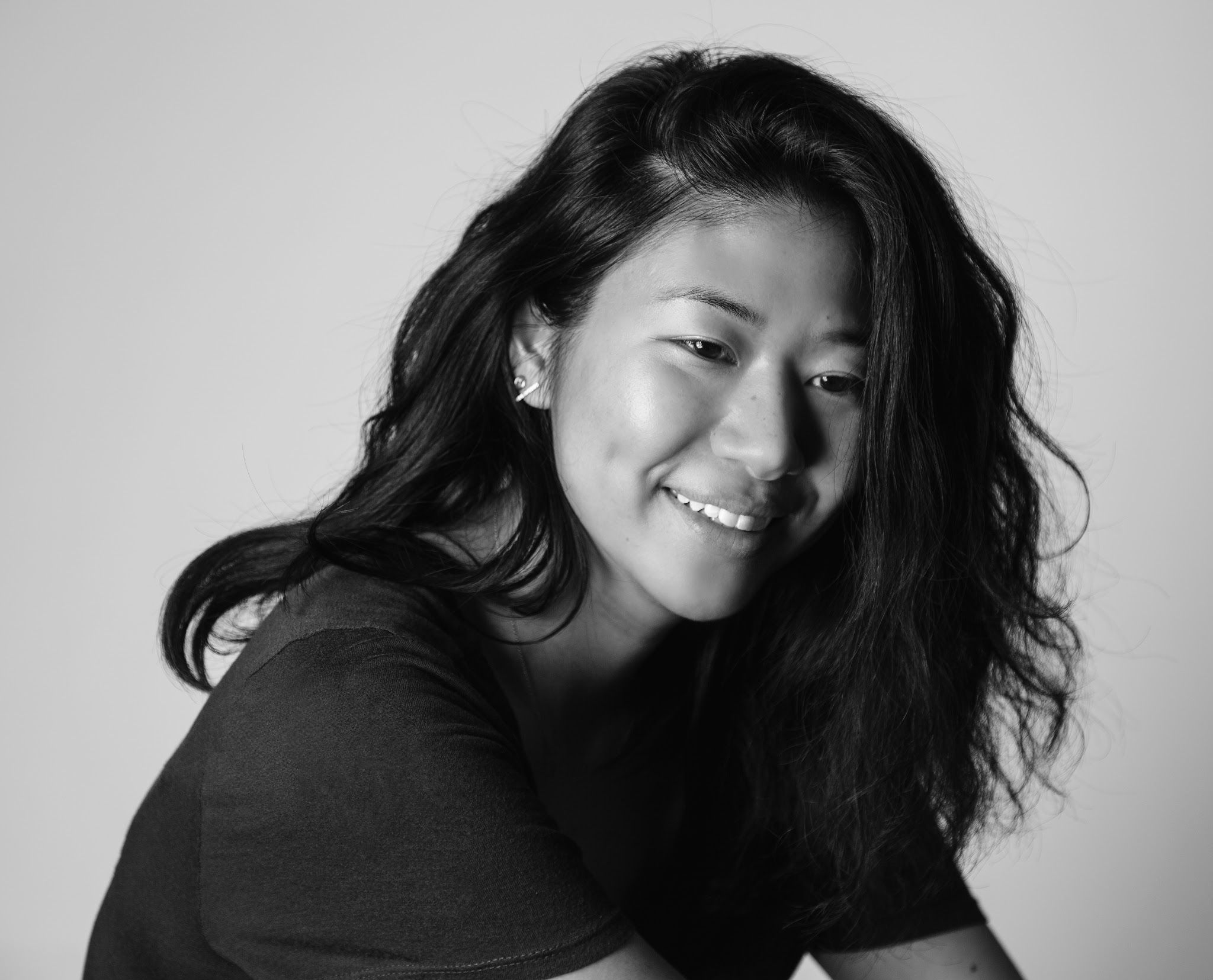
Andrea Cheng is a New York-based writer who writes about fashion and beauty. Her work has been featured in the New York Times, Glamour, Allure, Fashionista and more. Follow her on Twitter and Instagram @andrealeecheng.
The Future of Canada Goose Is Fur-Free and Gen Z-Approved
News Reports PH

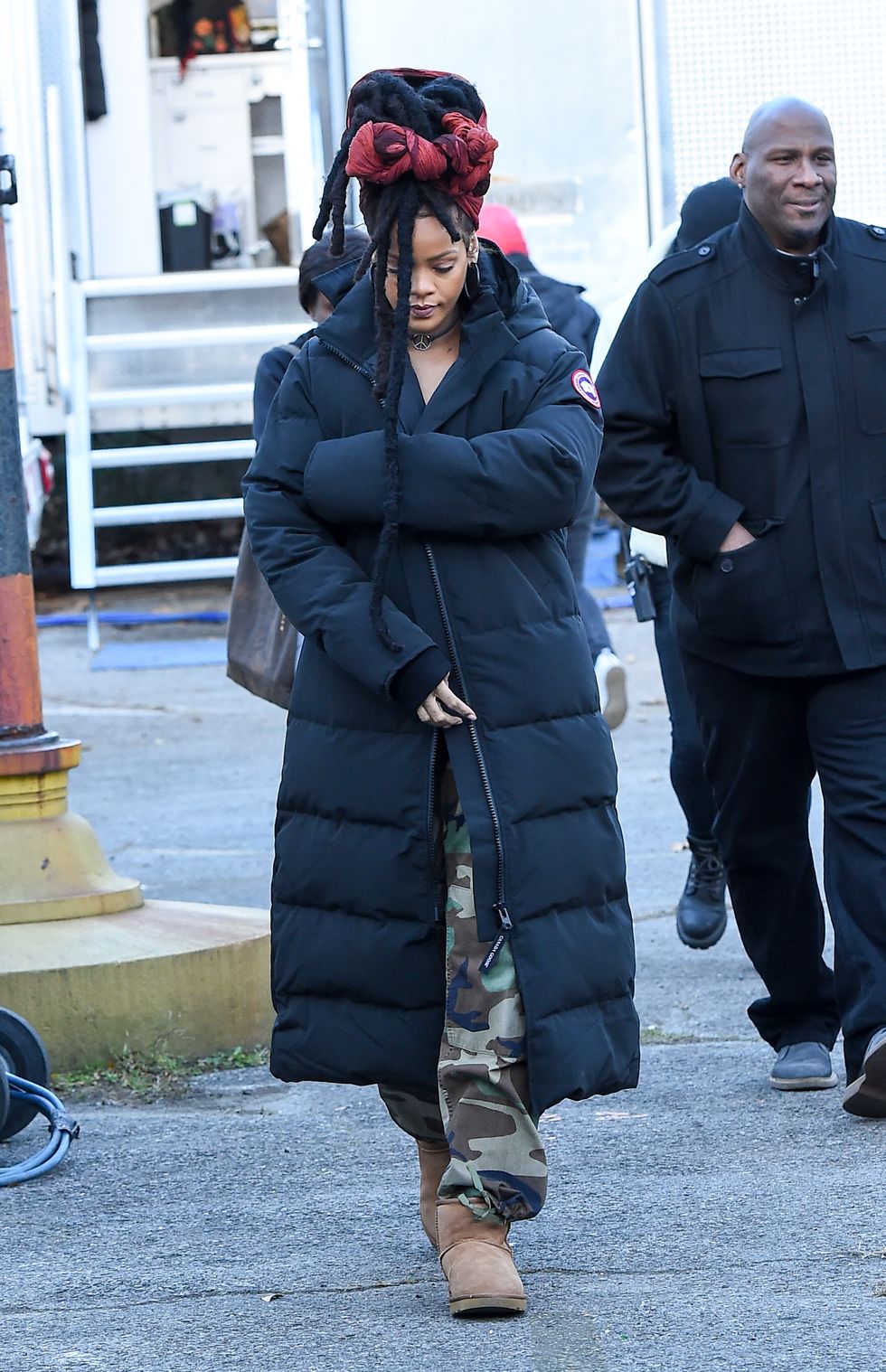
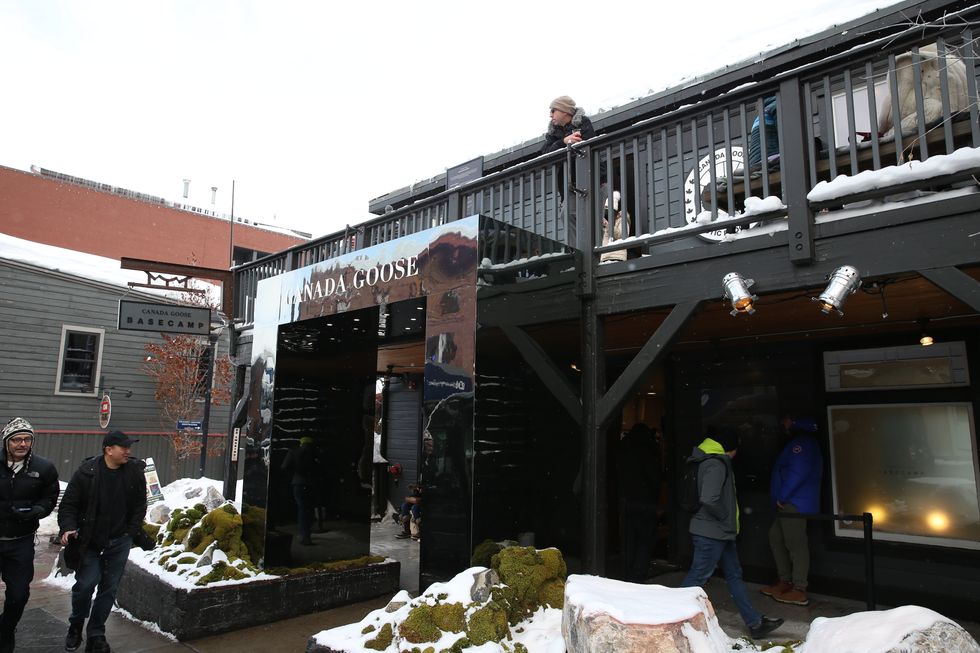
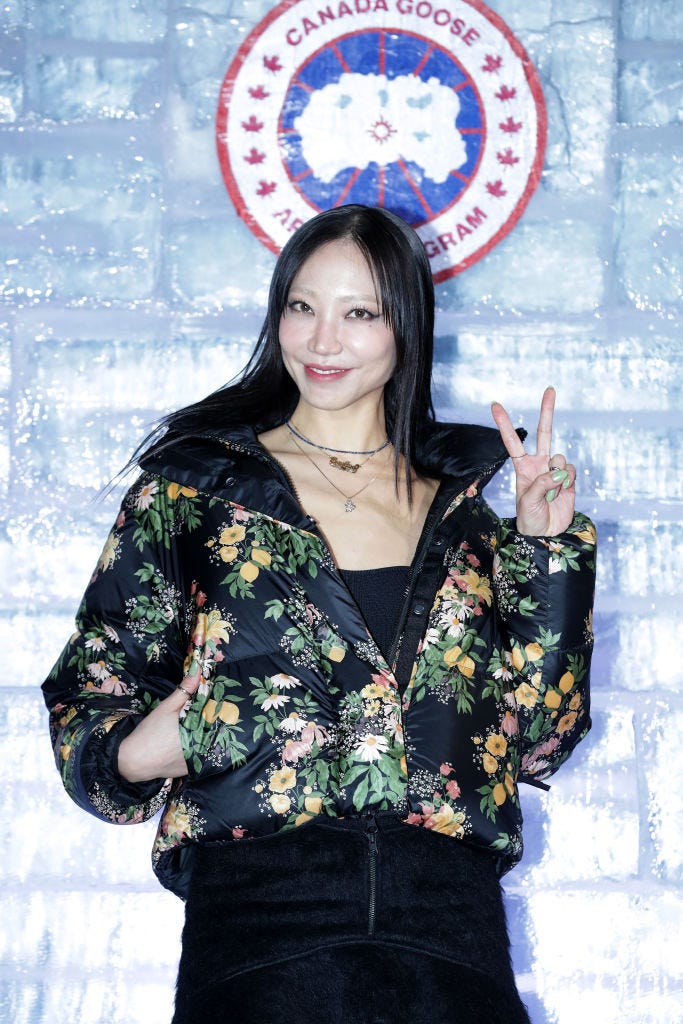
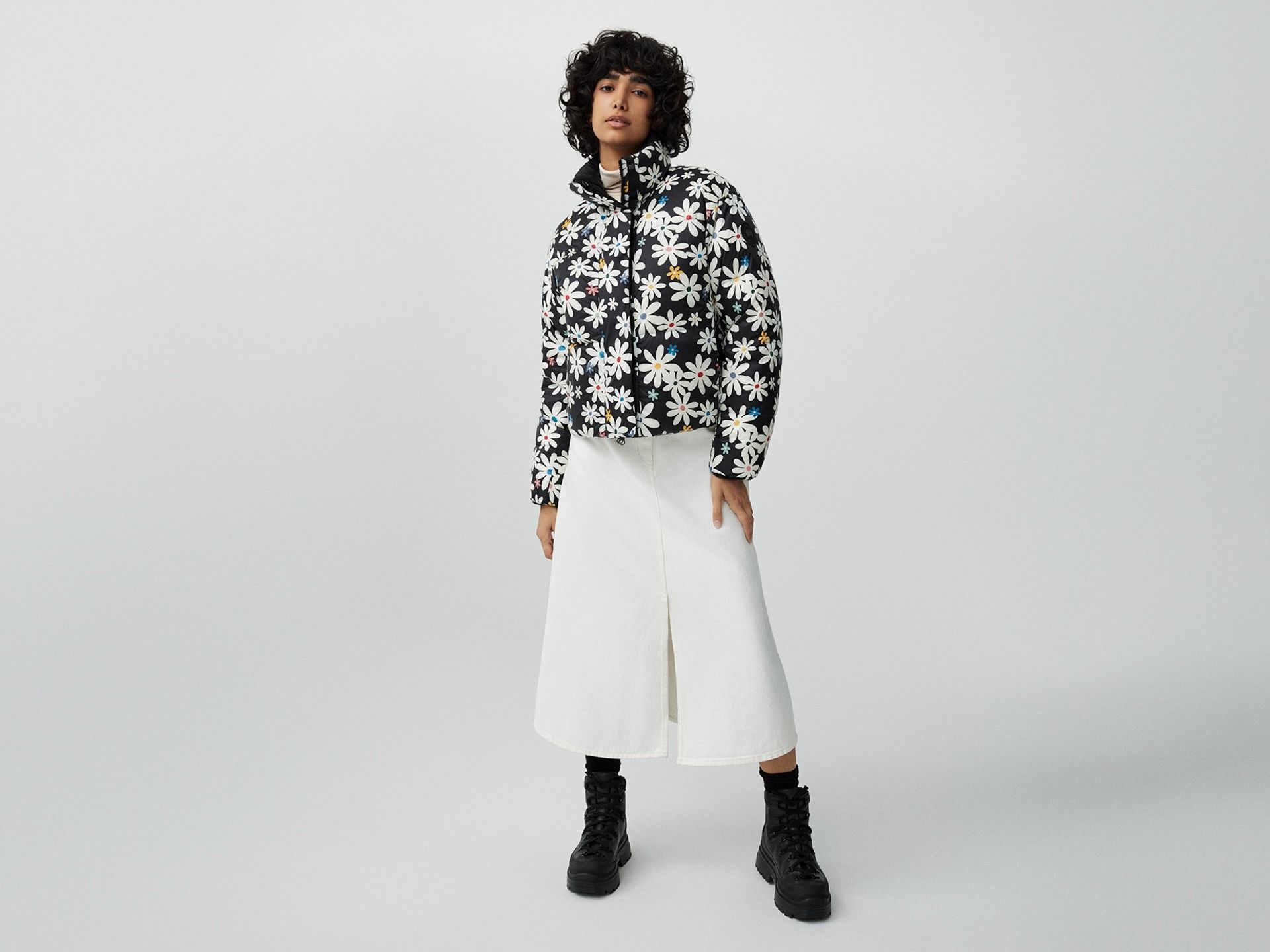
0 Comments